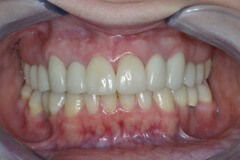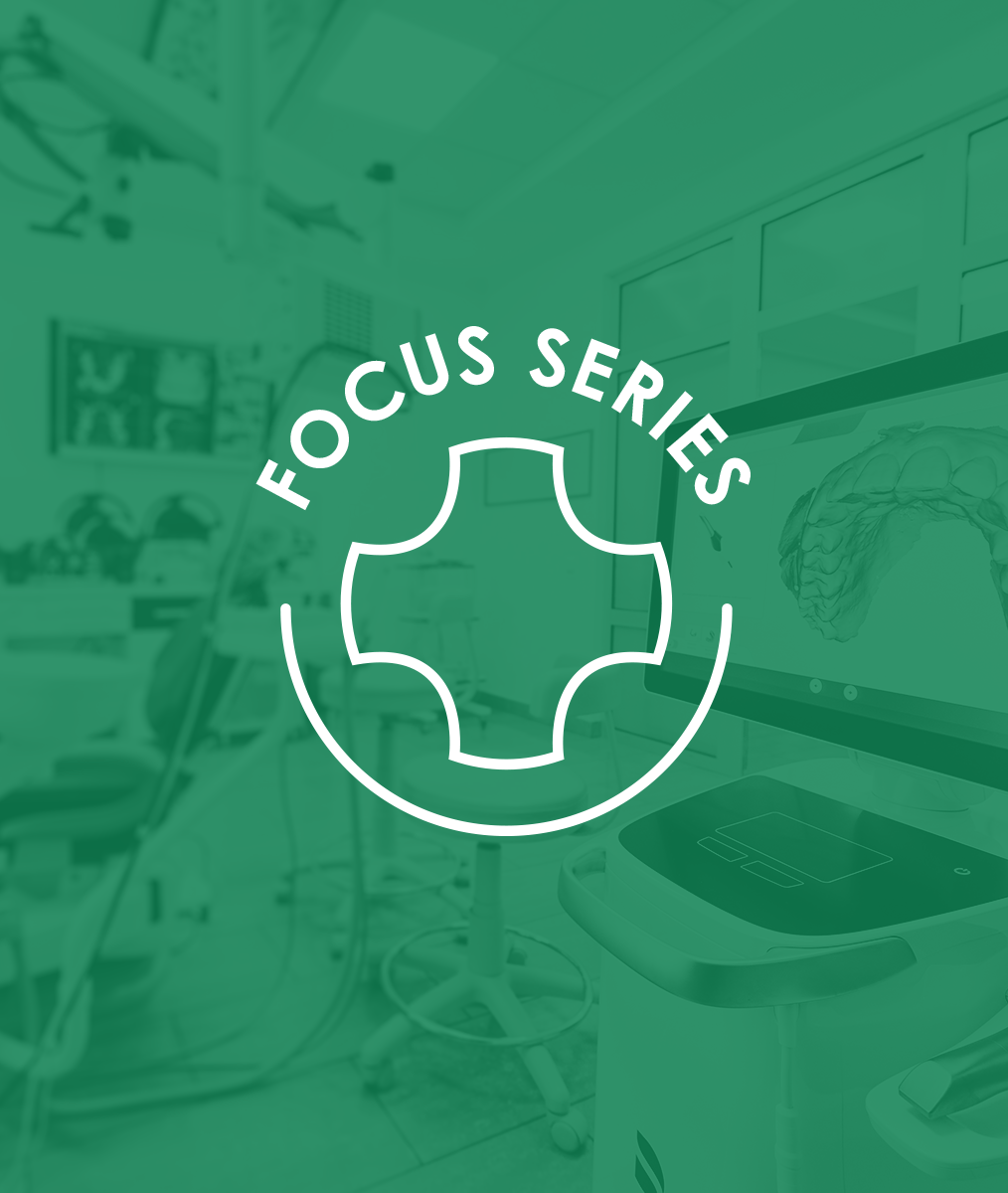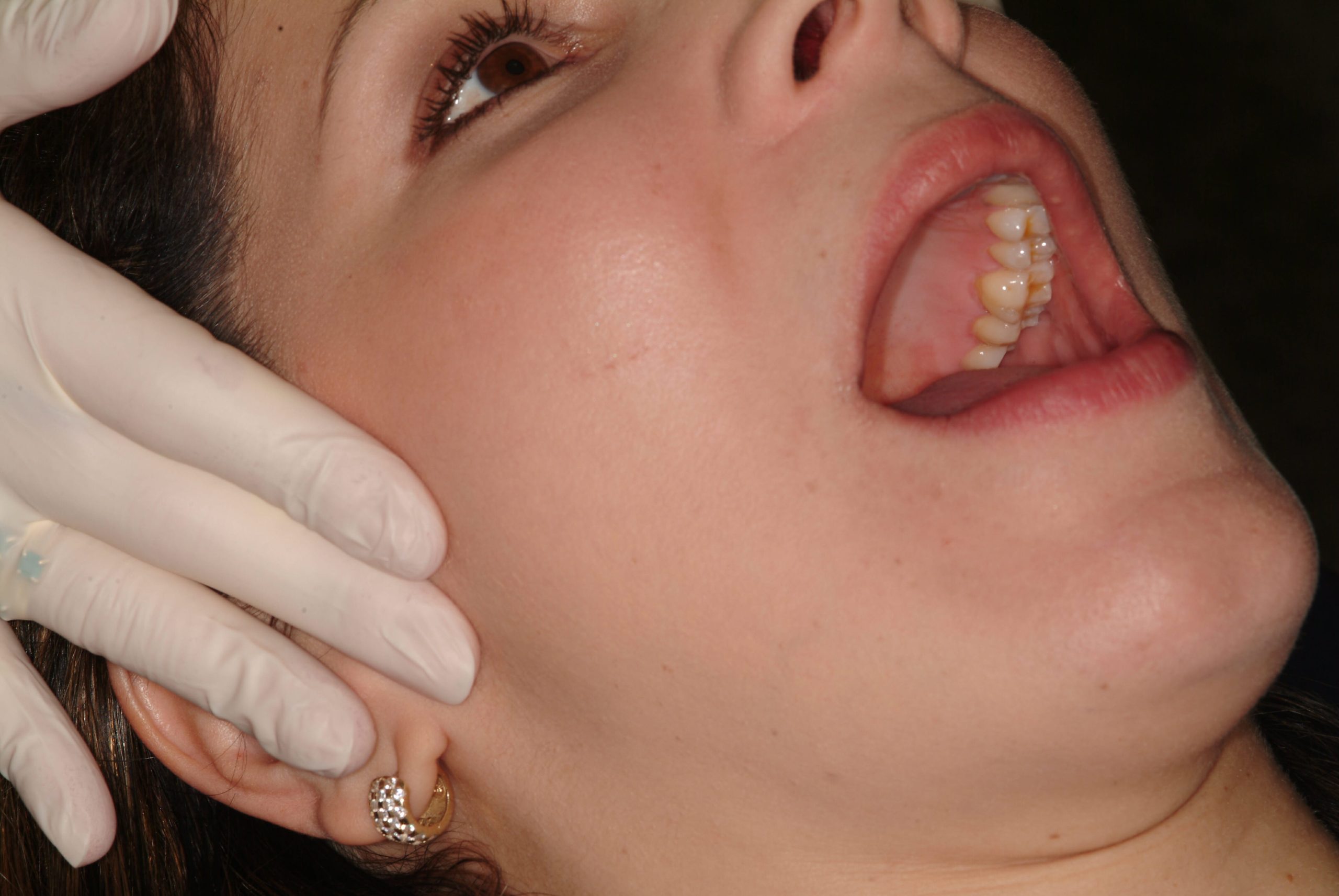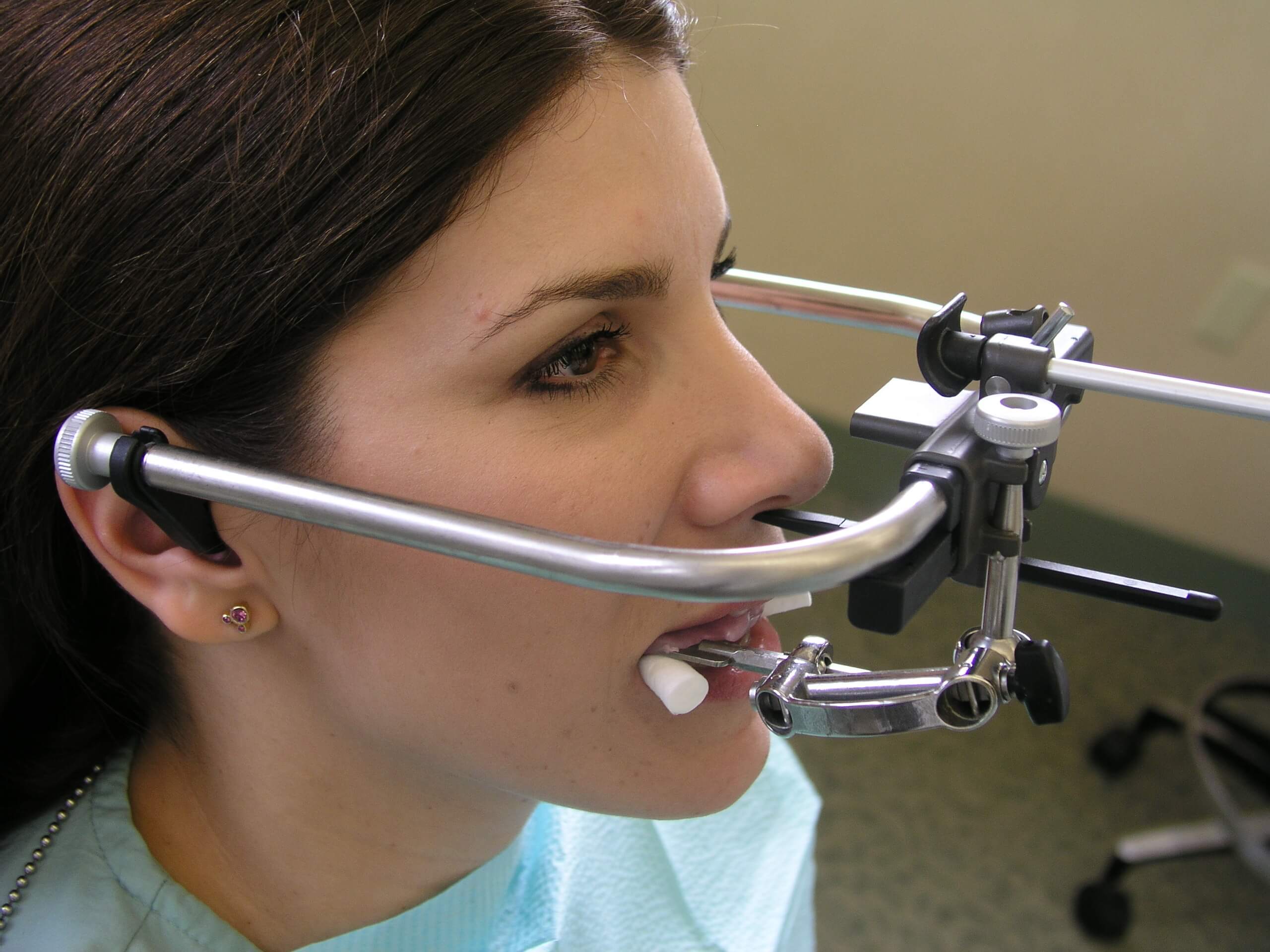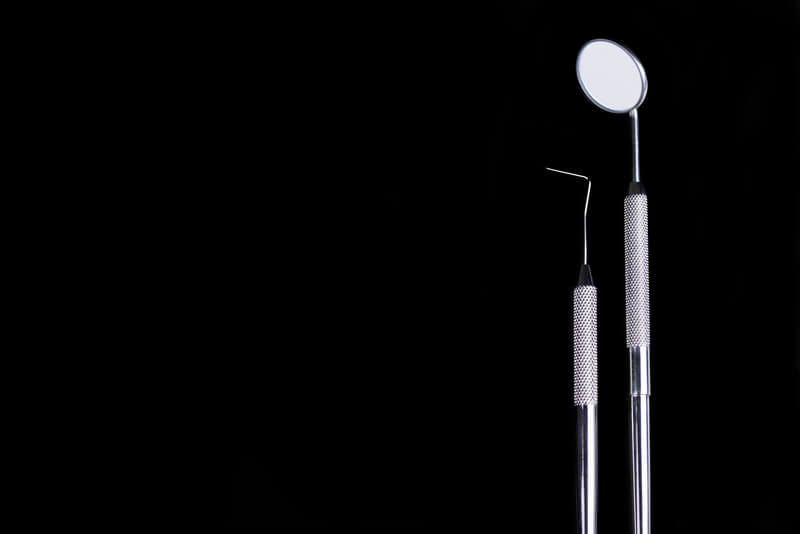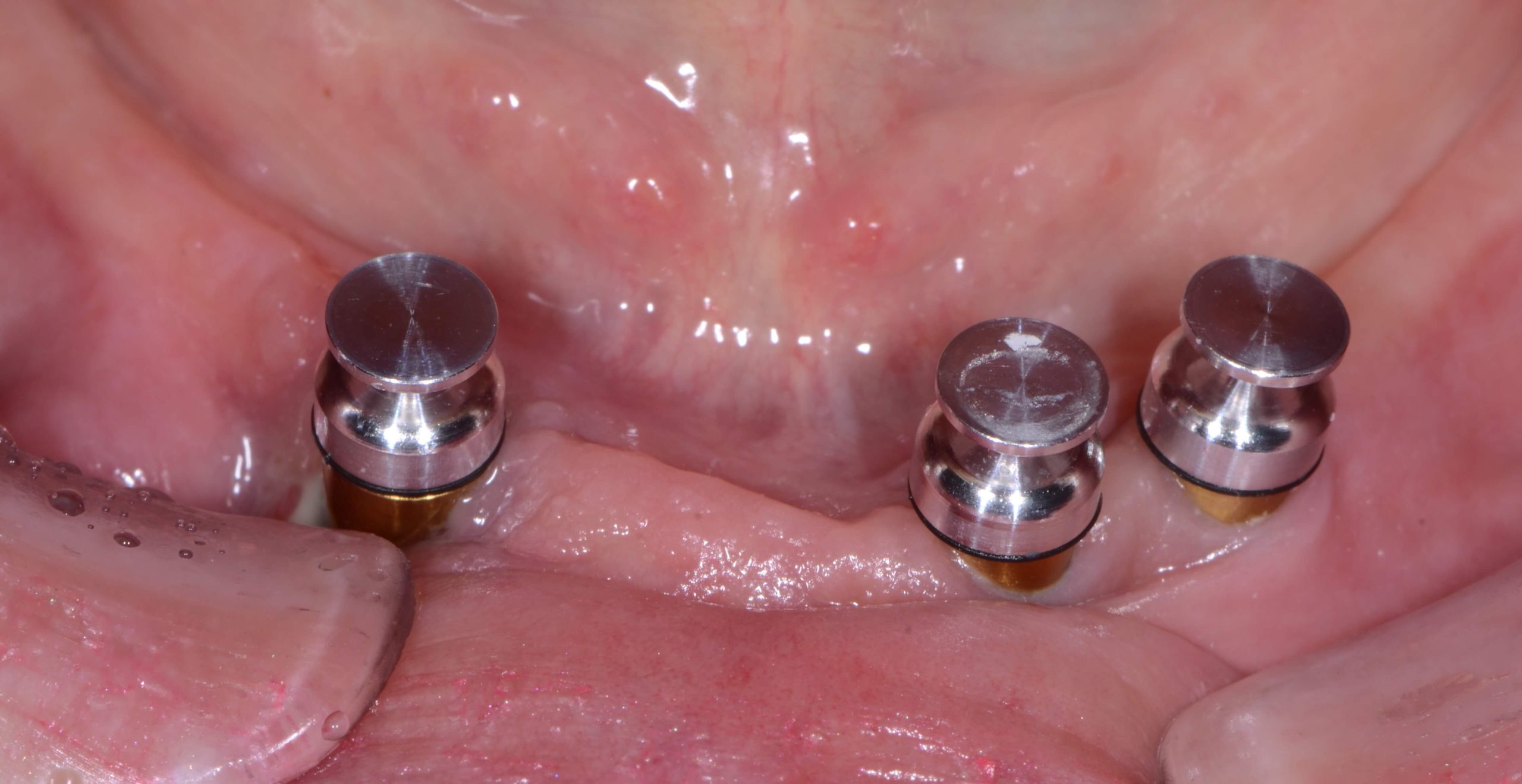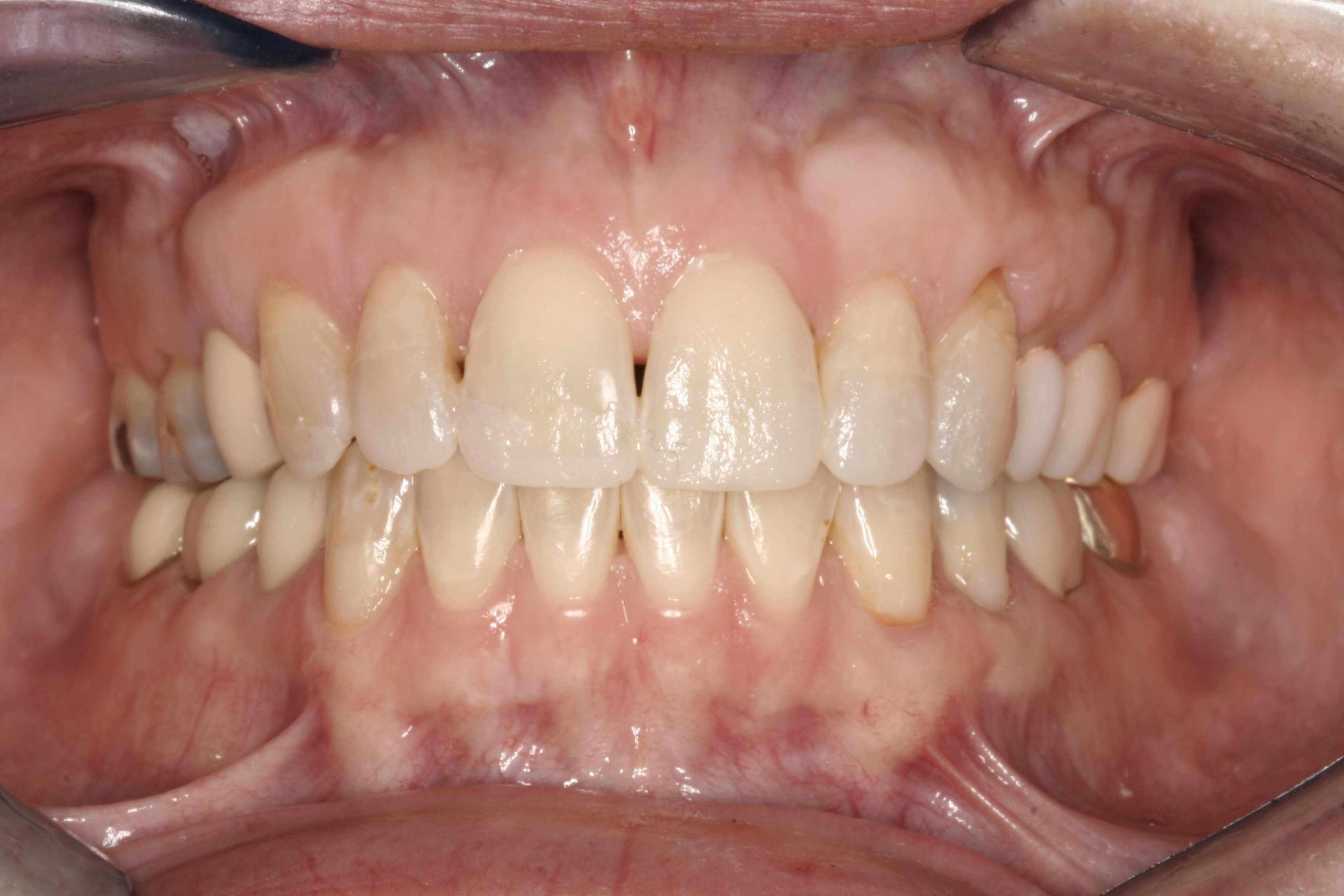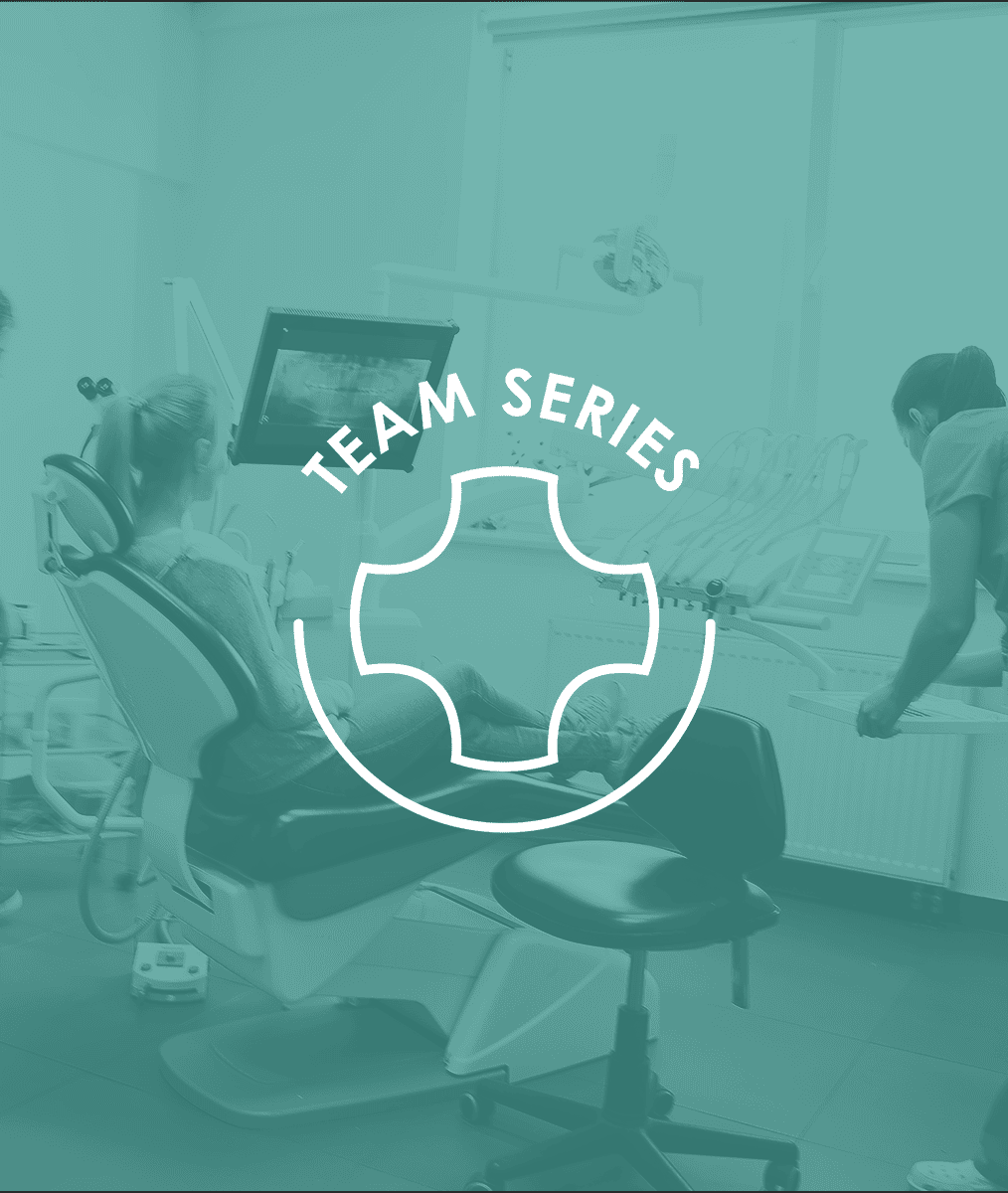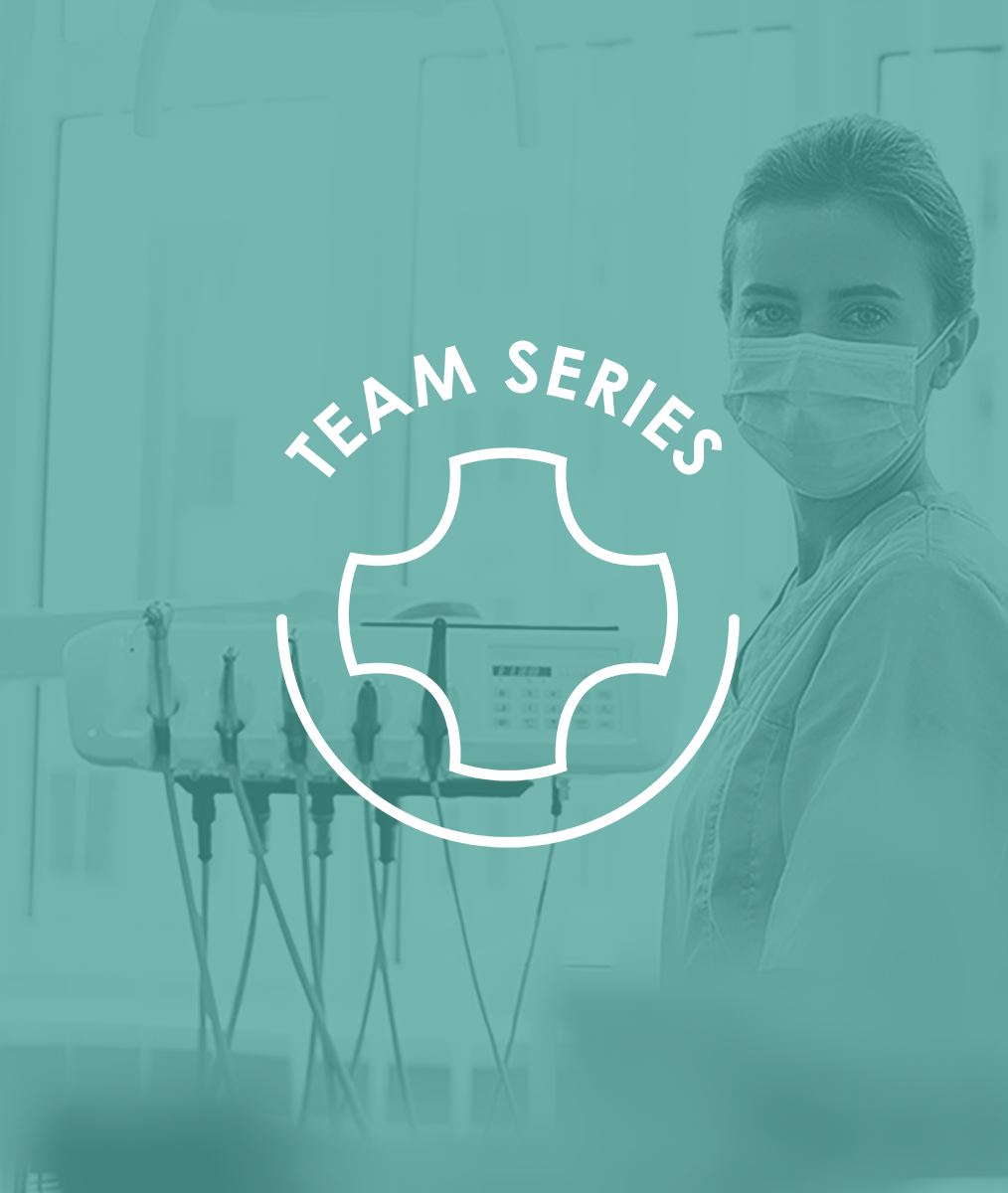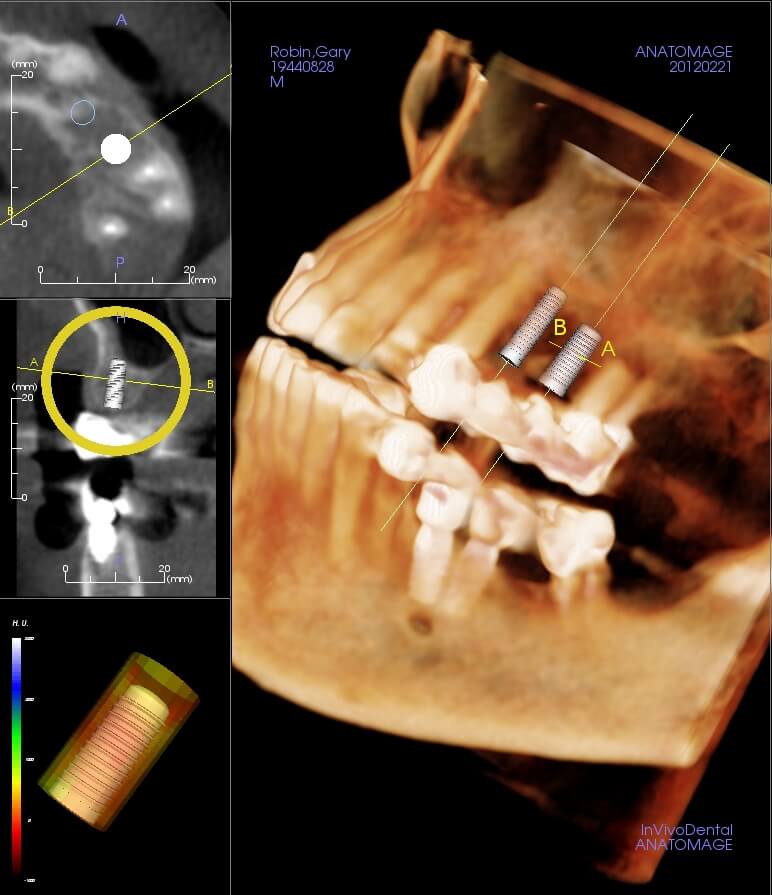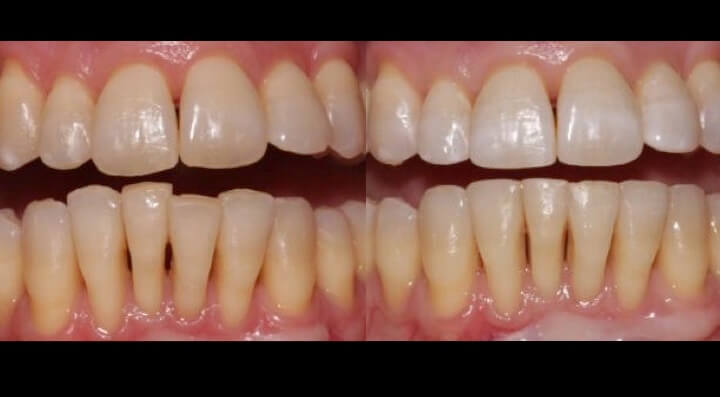Case Study: All Porcelain Restorations
Dive into this case for a look at Dr. Owen’s thought process and treatment protocol leading to porcelain restorations.
Angela was 27 when she came to us asking about options to improve her smile. She was getting married within a year. She hated the appearance of the bridge #3-6 that had been placed in high school. It was repaired at the buccal margin of #6 the day of delivery. She also said she wanted to avoid implants because of time issues and she didn’t want more crowns.
Patient Background
Angela was congenitally missing #4, 7, 10, 12, 13, 20, and 29. In the past, she had implants to replace the lower bicuspids and said the process took too long. Her previous dentist had placed two upper bridges – #3-7 with pontics on #4 and #7 and #14-10 with pontics on #13 and #10. The space for #12 did not exist.

Treatment Plan
I noticed her narrow central incisors compared to her laterals and the general contour and color of the bridges. I knew we could improve her smile with all porcelain restorations. Implants to replace missing teeth and veneers on the centrals would make a difference. We did a wax up that she took home to study, comparing it to the model of her existing restorations. She visited the periodontist who would do the implants and I showed her lots of photos of other cases similar to hers.
Creating Porcelain Restorations
Ultimately Angela agreed with our plan. She had implants replacing #7, 10, and 13. We used Zirconia abutments and e.max crowns, as well as an e.max crown for #14. She opted for a Zirconia bridge #3-5. While she was healing, we made provisional bridges, including the cantilevers for the laterals. She was hesitant about the veneers on #8 and #9, but before we began I removed the bridges and created a trial restoration with the wider veneers and proper bridge contours. I took photos and let her think about it before she agreed. She got married with a beautiful new smile.
What interesting cases are you currently working on?
Related Course
Integrative Dental Medicine: Creating Healthier Patients & Practices
DATE: June 27 2025 @ 8:00 am - June 28 2025 @ 4:00 pmLocation: The Pankey Institute
CE HOURS: 10
Regular Tuition: $ 2995
Single Occupancy with Ensuite Private Bath (per night): $ 345
We face a severe health crisis, that is a much larger pandemic than Covid-19! Our western lifestyle affects periodontal & periapical oral disease, vascular disease, breathing disordered sleep, GERD, dental…
Learn More>
